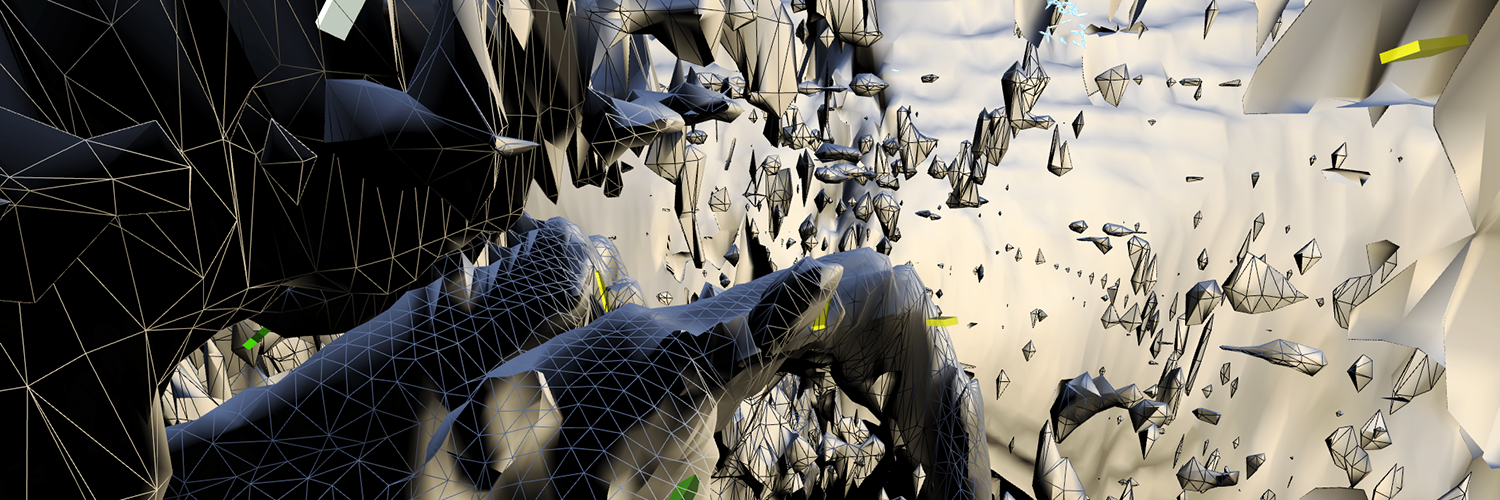
In typical multi-user Virtual Reality Environments, one user actively manipulates the environment via interactive controls while other users observe passively. In contrast to this, the AlloSphere Research Group pursues a model where users adopt roles and then perform associated tasks concurrently. Early results of our research enabled multiple scientists to probe changes in the probability current and gradient of an electron's wavefunction in the “Hydrogen Atom” project; in the “Allobrain” project, scientists can selectively call agents to report blood density levels from different parts of a human brain. In addition to providing interactive controls to multiple users, our current research also provides users individual viewports into data visualizations. In one example (pictured at right), users perform data mining tasks on graph visualizations. Using tablet devices, users can select graph nodes on the AlloSphere screen and then read the data associated with the nodes on their tablet. Since users have their own personal text displays there is no need for text to be presented on the AlloSphere; this allows the shared screen to be devoted solely to the visualization. In another recent example multiple users can concurrently filter and consume data from the Seattle Public Library system on their tablets while viewing an overview of the data on the surface of the AlloSphere. Mobile devices interact with AlloSphere applications using the app Control, available for free from both the Apple App Store and the Android Market. Control is an open-source application that allows users to define custom interfaces for controlling virtual reality, art and music software. It has been downloaded over 150,000 times since its release.
Key faculty, postdoctoral, and graduate student researchers associated with the project: Dr. Charlie Roberts, Professor JoAnn Kuchera-Morin, and Professor Tobias Höllerer.